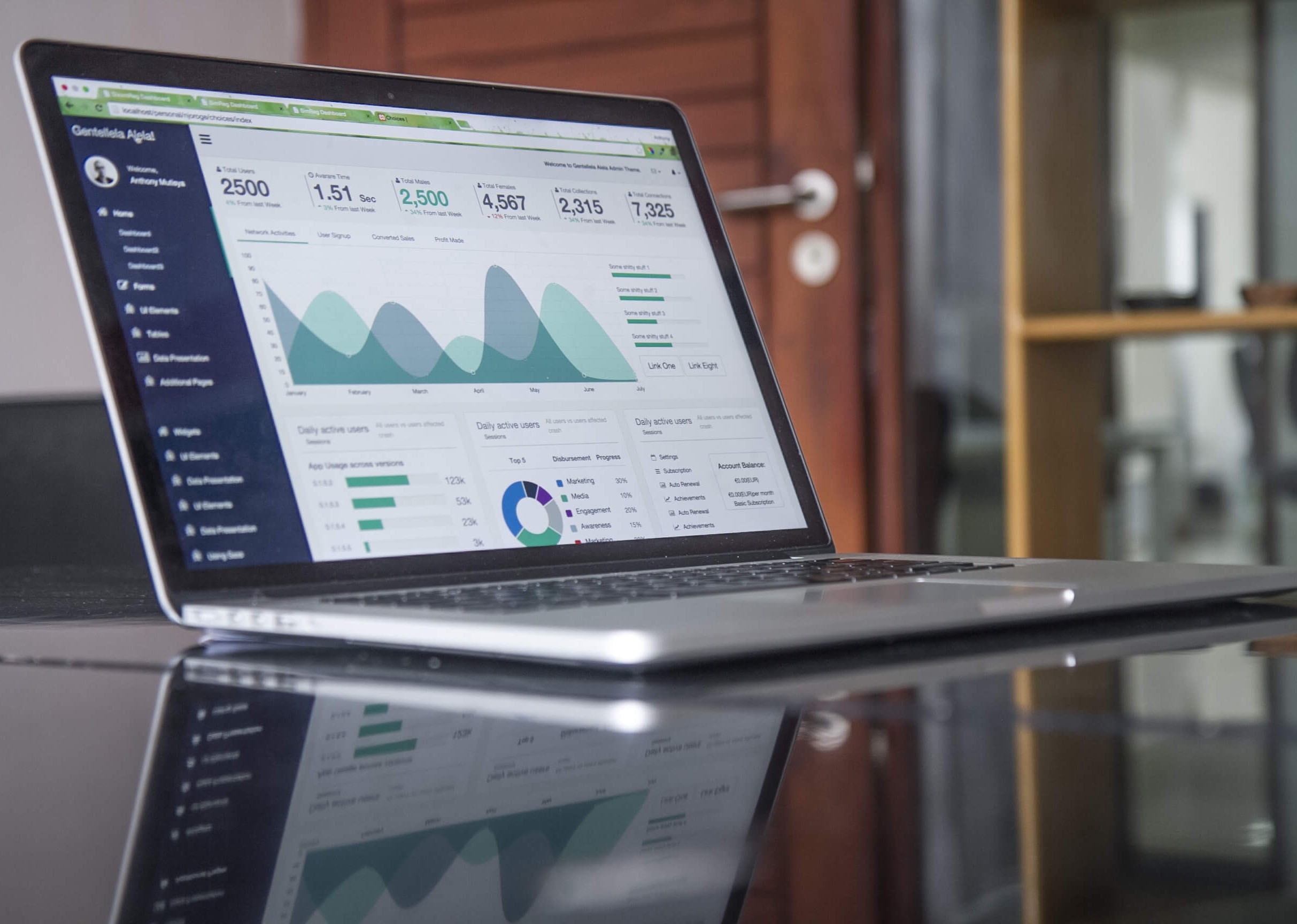Metrics are a very crucial part of moving your business towards sustainable growth. With CFOs at the forefront of financial development in the organization, they must also be open to changes in the SaaS space, particularly in accounting principles and models. Examples of changes in the finance model the SaaS industry has embraced include:
- Subscription-based pricing
- Add-on features within tiers
- New approaches for customer acquisition
As SaaS broke away from traditional models, it shined a light on the metrics used to determine the viability of these payment systems. We list five essential metrics businesses use to prioritize building a well-defined accounting system and tech stack and gauging financial performance.
- Annual Recurring Revenue (ARR)
ARR is a metric that comes from long-term subscriptions accounted for within a 12-month period. This metric is recurring, meaning it doesn’t include one-time onboarding fees or transactions. The formula for getting your ARR is this:
New Subscriptions + Expansions – Contractions – Churned Revenue = ARR
(Source: SaaSholic)
You may also calculate your ARR by multiplying your monthly recurring revenue (MRR) by 12. Refer to your income statement for calculating the average MRR or ARR─these are figures that any CFO worth their salt knows at all times.
- Cost of Customer Acquisition (CAC)
You’ve recently acquired a new customer─good for you! But at what cost?
The next step is to calculate the cost you’ve incurred in securing this customer, otherwise known as the cost of customer acquisition (CAC). The formula looks like this:
CAC = Sales and Marketing Expense / New Customers Acquired
“Sales and marketing expense” includes salaries, taxes, lead generation, or any other expense incurred from your sales and marketing activities to acquire a customer.
Calculate the CAC across the different channels used for acquisition to give you a more accurate picture of how much you’ve spent for it and how long before you can pay these back.
CAC is an essential metric because it indicates your business’s current overall health and whether it’s sustainable enough for growth. The length of your sales cycle directly impacts your CAC as well.
- Average Cost of Service (ACS)
This metric is indicative of the costs incurred by supporting the customer in their buyer journey, e.g., introducing add-on features, software maintenance, and providing technical support.
Ben Murray, the founder of TheSaaSCFO.com, calculates ACS using these components:
- R&D amortization
- Technical support
- R&D net of cap ー cost of software maintenance
- Account management
- Hosting
- Customer success
Get the sum of the expenses above and divide it by your customer count. Selling below your ACS is not a good sign, as this means that your unit costs are higher than your customer count. That said, you might have to secure additional customers to balance out your unit costs over time.
- Customer Lifetime Value (CLV)
The customer lifetime value (CLV) measures the expected value a customer brings to your business as a whole and not just based on the purchases made. CAC calculates the cost for a single customer acquired. CLV focuses more on existing customers’ relationships with your business and how they’re continuously fueling your growth.
There are various ways of computing for the CLV, but this formula is one of the most commonly used:
CLV = (ARR – ACS) / (% of Churn + WACC – Subscription Increase)
(Source: Ben Murray, Cobloom)
Take a look at how the formula above combines two key metrics to determine its value, ARR + ACS. The ACS is included in the equation so you can find out what your lifetime margin is while also taking into account the sum of your churn percentage and weighted cost of capital eventually balanced out by an increase in subscriptions.
Once you have your CLV, compare it to your CAC. Ideally, the CLV should be higher in the ratio than your CAC for your business to survive, as you wouldn’t want to go beyond your budget in acquiring a single customer that doesn’t guarantee to give value in the long run.
- Gross Merchandise Volume (GMV)
Now gross merchandise volume (GMV) may not apply to all SaaS businesses, but those in the eCommerce space surely need to use this metric. The GMV indicates the number of units sold in a platform within a specific period and includes fees the retailer has separately computed.
GMV helps assess if there’s enough activity in a particular marketplace during specific time frames. Even as some retailers are not the primary producers of the products they sell, these figures are what they can refer to in knowing when to distribute them, especially during rapid eCommerce growth.
Conclusion
Each of the metrics mentioned above is essential in keeping track of your business’ health and aligning your efforts to your goals. These also help you forecast your growth, set up suitable systems, and prepare for more inevitable changes in the future.
Photo by Carlos Muza via Unsplash


